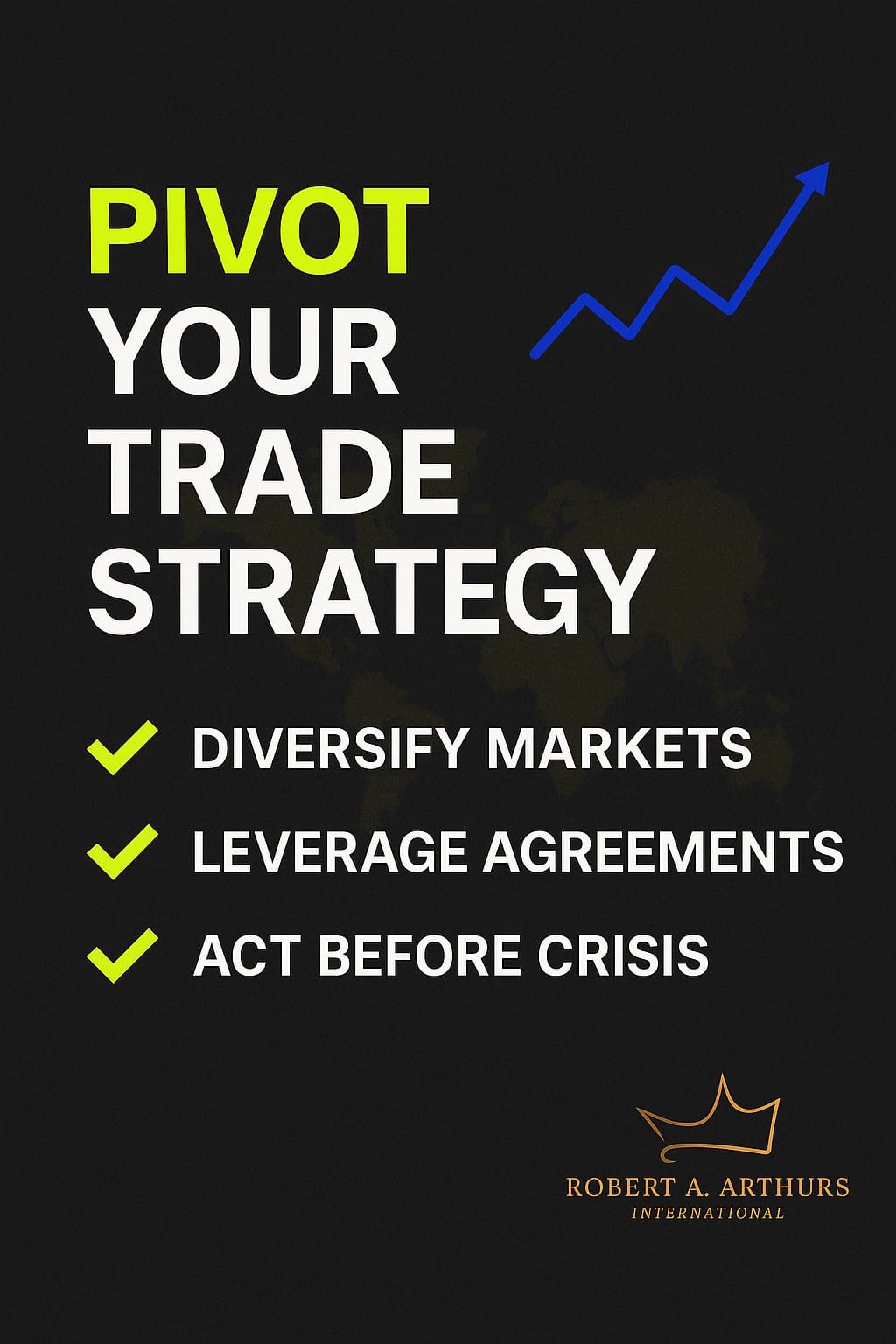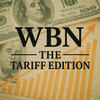
By Robert Arthurs
October 12, 2025
While Others Panic About Tariffs, Strategic Exporters Are Making This Pivot.
Bilateral trade agreements are your safety net when your primary market becomes unstable:
The numbers don't lie. With US-Canada trade tensions escalating and near-universal tariffs threatening in 2025, most Canadian businesses are freezing operations and hoping for the best. That's exactly the wrong move.
After guiding over 800 companies through market disruptions during my 14 years in government trade roles, I've seen this pattern before. The businesses that survive—and often thrive—during trade wars are those that leverage diversification strategies BEFORE they become desperate.
Here's what nobody is telling you: While Canada-US tensions are making headlines, Canadian trade negotiators have quietly built an impressive network of alternative market access opportunities through bilateral and regional agreements.
The smart exporters I'm working with right now are implementing a 90-day market pivot plan using these agreements as launching pads. They're not abandoning the US market—they're building alternatives while competitors sit paralyzed.
Why this approach works:
• It leverages preferential access through existing agreements (CETA, CPTPP) and those being negotiated (ASEAN, Mercosur)
• It reduces reliance on a single market that's becoming increasingly volatile
• It positions your business ahead of competitors who will flood these markets later
• It creates leverage when negotiating with US buyers concerned about supply
How to execute this pivot:
• Map your product to markets with complementary trade agreements
• Identify the top 3 non-US markets where your certification/compliance costs would be lowest
• Adapt your pricing strategy to reflect tariff advantages in these markets
• Leverage government export programs designed specifically for market diversification
• Establish partnerships in these markets before your competitors arrive
Pitfalls to avoid:
• Waiting until US tariffs actually hit before starting your diversification
• Attempting to enter too many markets simultaneously
• Overlooking compliance requirements specific to each new market
• Neglecting cultural and business practice differences
• Missing out on government export support programs
Next step: Conduct an honest assessment of how your current export strategy would perform under a 25% US tariff scenario. If the answer is concerning, it's time to diversify.
Canadian companies that implement a strategic market pivot now won't just weather the coming trade storm—they'll emerge with stronger global positioning and more sustainable revenue streams.
Comment "checklist" and I'll send you my 7-point Market Pivot Readiness Assessment tool that helps businesses identify their best alternative markets during trade disruptions.
Connect with me to explore further how your business can capitalize on these emerging opportunities while navigating the complexities of international trade in today's shifting landscape.
LinkedIn: https://www.linkedin.com/in/robertarthurs/
Robert Arthurs is the founder of Robert Arthurs International, a global business mechanic with 23 years of experience fixing businesses and fueling international trade strategies for entrepreneurs across Canada and beyond.
TAGS: #Trade Strategy #Market Diversification #Export Success #Canadian Business #Tariff Management #International Trade #Business Resilience #Robert Arthurs International




